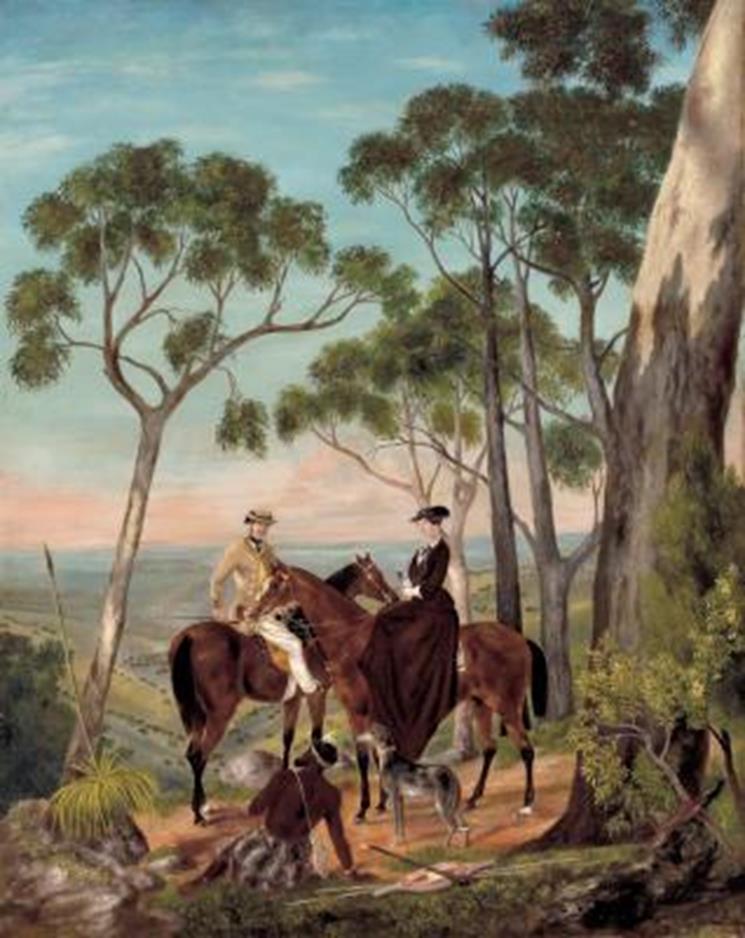Europeans, who actively settled on new continents, starting from the end of the 15th century, eventually reached Australia’s shores and founded the first settlements there in the 18-19th century. Suddenly, white people discovered that the continent was already inhabited by aborigines, instinctively perceived as a threat. Probably, white people also latently perceived themselves as pioneers, and the evidence that some people from an alien culture already occupied the “new land” could give rise to dislike for them. This paper aims to discuss why the Europeans had such a wrong perspective regarding the Aboriginal people of the Australian continent.
Indeed, the first European settlers portrayed the indigenous Australians likening them to savages devoid of human qualities. Moreover, until the 21st century, scientists believed that this group of people was the only tribe that did not practice agriculture and lived thanks to gathering and hunting, which later proved untrue. The settlers’ brutal attitude towards the native Australians is evidenced by the attitude of the British towards the remains of the tribal people, some of which were displayed in European museums. During the last decade, these remains were gradually returned to their homeland for burial. Unsurprisingly, a similar misperception can be seen in many of the artworks by European settlers of the late 19th century.

For example, The First Lesson by Charles Hill, painted in 1857, depicts a governess, a student, and an aboriginal woman, who is taking a piece of bread from the governess. The pathetic name of the painting demonstrates the nobility instilled in the young girl who is learned to treat well – dogs and Aboriginal people. The bent, leaning pose of the aboriginal woman and the fact that the group is interacting through the window, not the door, confirm that the Aborigines were perceived as beggars and not full-fledged inhabitants of their land. Another detail that testifies to the unhealthy relationship between white settlers and aborigines is that the woman wears a tablecloth, carefully suggested by white people, instead of clothes.

The picture Artist and his wife Frances Amelia on horses by John Michael Skipper, painted in the 1860s, also intends to demonstrate the superiority of the white people over the natives. In the image, two white people tower over an indigenous Australian, resting while viewing a mountainous landscape. This picture also demonstrates that the Europeans did not understand and did not want to understand the indigenous population’s social structure and way of life, traditions, and religion. However, according to experts, Native Australians have maintained a rich religious vision for centuries associated with the Dreamers. The latter can be contacted through dreaming or in an altered state of consciousness. According to the Aborigines, the Dreamers created the world and its natural forms, which are a testament to the Dreamers’ peacemaking power. One can also communicate and interact with Dreamers who live in the spiritual world by performing various rituals.
The Europeans ignored the fact that the local peoples used complex systems of obtaining products from aquaculture and agriculture, knew how to tame animals, and led a nomadic lifestyle of their preference, maintaining a strong attachment to places and a clear understanding of the role of their tribe in the wider Australian community. Thus, the first European settlers saw in the indigenous peoples only what they wanted to see – people unworthy of having the right to the land they inhabited. Therefore, paintings of the mid-to-late 19th century depict the natives in a distorted manner, leveling their dignity.
